43 sun label diagram
Earth Sun and Moon Labelling Diagram Activity - Twinkl Help your upper primary school (Years 3-6) students understand the relationship between the Earth, the Sun, and the Moon with this Earth Sun and Moon labelling diagram activity. This diagram features pictures of the Sun, Earth and Moon, as well as circular lines denoting Earth and the Moon's orbits around the Sun and Earth respectively. Anatomy of the Sun Diagram | Quizlet Photosphere It is the visible surface of the Sun. It appears relatively smooth except for occasional sunspots; an increase in the number, size, and complexity of these sunspots suggests unrest beneath this layer. Chromosphere It is a reddish gaseous layer immediately above the photosphere of the sun or another star.
A Guide to Understand Solar System with Diagram The sun has more than 99% of the elements present in the whole solar system. 4. Conclusion The students must have thorough knowledge about the solar system. It will help them know about the sun and other planetary bodies. To use a solar system diagram for studies, they can create one by hand. However, the process is laborious.

Sun label diagram
Sun - Internal structure | Britannica The energy radiated by the Sun is produced during the conversion of hydrogen (H) atoms to helium (He). The Sun is at least 90 percent hydrogen by number of atoms, so the fuel is readily available. Since one hydrogen atom weighs 1.0078 atomic mass units and a single helium atom weighs 4.0026, the conversion of four hydrogen atoms to one helium atom yields 0.0294 mass unit, which are all ... Sun Path Diagram - an overview | ScienceDirect Topics The sun path diagram is often very useful in determining the period of the year and hours of day when shading will take place at a particular location. This is illustrated in the following example. Example 2.8 A building is located at 35°N latitude and its side of interest is located 15° east of south. › sunThe Sun | NASA Aug 3, 2017 · The sun is a star, a hot ball of glowing gases at the heart of our solar system. Its influence extends far beyond the orbits of distant Neptune and Pluto. Without the sun's intense energy and heat, there would be no life on Earth. And though it is special to us, there are billions of stars like our sun scattered across the Milky Way galaxy.
Sun label diagram. sun diagram with labels - Cochic The layers of the sun shown in the diagram above include a label for each of the six layers. The labels on the diagram are as. Diagrams of the Sun from Nasa science solar system exploration. The insidetextorientation attribute controls the orientation of text inside sectors. › thesaurus › sun108 Synonyms & Antonyms of SUN - Merriam-Webster noun 1 as in sunshine the light given off by the star around which the planet Earth revolves be sure to wear sunscreen if you plan to spend more than a few minutes in the sun Synonyms & Similar Words Relevance sunshine sunlight daylight glare shine sunburst Antonyms & Near Antonyms cloudiness shade shadow umbra penumbra shadiness 2 as in star PDF The Structure of the Sun - Space Weather Prediction Center The Sun's rotation rate differs according to latitude: as seen from the Earth, the equatorial region rotates with a period of about 27 days, while the rotational period closer to the poles is about 32 days (Table 2-1). _____ * The Sun's rotational period as observed from Earth is known as the synodic period . Because the Earth moves about › encyclopedia › sunSun | National Geographic Society Sep 27, 2022 · The sun is an ordinary star, one of about 100 billion in our galaxy, the Milky Way. The sun has extremely important influences on our planet: It drives weather, ocean currents, seasons, and climate, and makes plant life possible through photosynthesis. Without the sun’s heat and light, life on Earth would not exist.
Reading Sun Path Diagrams | Sustainability Workshop Stereographic Sun Path Diagrams. Note that these stereographic diagrams are not exactly like a fish-eye photo: such an image would be flipped left-to-right. These diagrams are from the point of view of the sky looking down at the ground, you can superimpose it on a map or a plan of the building without being confused. (You can see this by ... Anatomy of the Sun | NASA Image of the Sun with cut-away portion showing the solar interior with text descriptions of the regions as follows (from inner-most to outer-most): The Sun's Core - Energy is generated via thermonuclear reactions creating extreme temperatures deep within the Sun's core. The Sun: A Diagram | Worksheet | Education.com The Sun: A Diagram. Get to know Earth's star with with this diagram and vocabulary worksheet! Children will learn important solar terminology and trivia as they review a diagram of the Sun. They will then reinforce what they have learned through five reading comprehension questions. Diagram of the Solar System - Universe Today You can print this diagram of the Solar System, as well as this handy list of all the planets. The Sun - The central star in the Solar System Remove All Ads on Universe Today Join our Patreon...
› newsLatest News headlines, exclusives and opinion | The Sun Latest News headlines, exclusives and opinion | The Sun Home Football TV Showbiz Fabulous Sport News Money Health Dear Deidre Tech Travel Motors Puzzles Sun Bingo Sun Vouchers Topics A-Z... How To Create a Sun Path Diagram - Adobe Illustrator Tutorial A good Sun Path diagram is present in almost any architectural project. Being an architecture student, you don't need an extremely detailed or highly accurate diagram full of numbers or figures. This method of creating a sun path diagram is done using Adobe Illustrator as well as online resources. Layers of the Sun (With Labels) - Solar System The sun and its atmosphere consist of several zones or layers. From the inside out, the solar interior consists of the core, the radiative zone, and the convection zone. The solar atmosphere is made up of the photosphere, the chromosphere, a transition region, and the corona. › mission_pages › sunearthThe Sun | NASA Jan 22, 2013 · The sun and its atmosphere consist of several zones or layers. From the inside out, the solar interior consists of: the Core (the central region where nuclear reactions consume hydrogen to form helium. These reactions release the energy that ultimately leaves the surface as visible light.
Layers of the Sun: Structure & Composition with Diagram - Science Facts The sun has seven different layers, which are further divided into three inner and four outer layers. The names of these layers, in order of their presence from the core of the sun are as follows: Inner Layers 1) Core 2) Radiative Zone 3) Convection Zone Outer Layers 1) Photosphere 2) Chromosphere 3) Transition Region 4) Corona Inner Layers
Label Solar System Diagram Printout - EnchantedLearning.com Read the definitions, then label the diagram below. Sun - The Sun is a star at the center of our Solar System. Venus - Venus is the second planet from the Sun. It is the hottest planet. Earth - Earth is the third planet from the Sun and the planet we live on. Jupiter - Jupiter is the fifth planet from the Sun. This gas giant is the largest planet.
Layers of the Sun | NASA Layers of the Sun This graphic shows a model of the layers of the Sun, with approximate mileage ranges for each layer: for the inner layers, the mileage is from the sun's core; for the outer layers, the mileage is from the sun's surface. The inner layers are the Core, Radiative Zone and Convection Zone.
Structure of the Sun Anatomy & Diagram - Study.com Diagram showing the six layers of the Sun. The layers of the Sun shown in the diagram above include a label for each of the six layers. The labels on the diagram are as follows Core...
ARE 5.0 - How to Read Sun Path Diagrams - Hyperfine Architecture Step 2: Identify the TIME. Now we need to locate the correct time. These are represented by the heavy solid lines running vertically. They are also slightly curved. If you are unsure of where to read the time, notice that the line that says "noon" points straight South…and the sun is more or less directly South at 12pm.
Earth Sun and Moon Labeling Diagram Activity (Teacher-Made) Help your upper primary school (Years 3-6) students understand the relationship between the Earth, the Sun, and the Moon with this Earth Sun and Moon labelling diagram activity. This diagram features pictures of the Sun, Earth and Moon, as well as circular lines denoting Earth and the Moon's orbits around the Sun and Earth respectively.
Parts Of The Sun Diagram Label Teaching Resources | TpT Label the Layers of the Sun Worksheet - Sun Unit. by. LearningForAllAges. 4. $0.99. PDF. This worksheet will be great practice for your students as they are learning about the Sun. For this activity, students identify and label the six parts/layers of the Sun by labeling the diagram. You could also have your students color each layer!
Label the diagram of the sun - Brainly.com The sun is arranged into various layers such as those of the sub-layers are the photosphere, chromosphere, and other layers. Thus the answer is 1. chromosphere, 2. photosphere, 3. inner core, 4. corona, 6. Prominence. The layers of the sun are arranged and they refer to the way the sun is made and composed.
Create a sunburst chart in Office - Microsoft Support Create a sunburst chart Select your data. Click Insert > Insert Hierarchy Chart > Sunburst. You can also use the All Charts tab in Recommended Charts to create a sunburst chart, although the sunburst chart will only be recommended when empty (blank) cells exist within the hierarchal structure. (click Insert > Recommended Charts > All Charts tab)
Sun Worksheet Answers - Fill Online, Printable, Fillable, Blank - pdfFiller the layer of the suns' atmosphere that has a blue glow e. the layer of the suns' atmosphere that does not absorb visible light f. the region of the sun's atmosphere that contains the solar wind g. the region of the suns' atmosphere where solar flares release energetic particles in to space h. the outer layer of the hemisphere (the layer that is …
solarsystem.nasa.gov › solar-system › sunIn Depth | Sun – NASA Solar System Exploration Oct 15, 2021 · The Sun is a 4.5 billion-year-old yellow dwarf star – a hot glowing ball of hydrogen and helium – at the center of our solar system. It’s about 93 million miles (150 million kilometers) from Earth and it’s our solar system’s only star. Without the Sun’s energy, life as we know it could not exist on our home planet.
"Parts" of the Sun | Center for Science Education Scientists who study the Sun usually divide it up into three main regions: the Sun's interior, the solar atmosphere, and the visible "surface" of the Sun which lies between the interior and the atmosphere. There are three main parts to the Sun's interior: the core, the radiative zone, and the convective zone. The core is at the center.
What are the Parts of the Sun? - Universe Today Diagram: Below is a diagram of the Sun, originally developed by NASA for educational purposes. Visible, IR and UV radiation - The light that we see coming from the Sun is visible, but if...
Get Label The Diagram Of The Sun - US Legal Forms Execute The Sun Understanding Main Ideas Label The Diagram Of The Sun Below Answers within several minutes by following the recommendations below: Select the document template you need in the library of legal form samples. Click the Get form button to open the document and begin editing. Submit the requested fields (they are yellowish).
Sun Diagram Worksheets & Teaching Resources | Teachers Pay Teachers This best-selling product includes: - a one-page chart of notes for the teacher and three pages of notes for students to fill in, one for the Earth, one for the Moon, and one for the Sun. - a triple Venn diagram (two versions), where students can compare and contrast the Earth, Moon, and Sun. - Subjects: Astronomy, Science Grades: 4th - 8th
› place › SunSun | Definition, Composition, Properties, Temperature, & Facts Sun, star around which Earth and the other components of the solar system revolve. It is the dominant body of the system, constituting more than 99 percent of its entire mass. The Sun is the source of an enormous amount of energy, a portion of which provides Earth with the light and heat necessary to support life.
File:Sun diagram.svg - Wikipedia Sun diagram.svg. Size of this PNG preview of this SVG file: 600 × 600 pixels. Other resolutions: 240 × 240 pixels | 480 × 480 pixels | 768 × 768 pixels | 1,024 × 1,024 pixels | 2,048 × 2,048 pixels | 1,800 × 1,800 pixels. This is a file from the Wikimedia Commons. Information from its description page there is shown below.
› sunThe Sun | NASA Aug 3, 2017 · The sun is a star, a hot ball of glowing gases at the heart of our solar system. Its influence extends far beyond the orbits of distant Neptune and Pluto. Without the sun's intense energy and heat, there would be no life on Earth. And though it is special to us, there are billions of stars like our sun scattered across the Milky Way galaxy.
Sun Path Diagram - an overview | ScienceDirect Topics The sun path diagram is often very useful in determining the period of the year and hours of day when shading will take place at a particular location. This is illustrated in the following example. Example 2.8 A building is located at 35°N latitude and its side of interest is located 15° east of south.
Sun - Internal structure | Britannica The energy radiated by the Sun is produced during the conversion of hydrogen (H) atoms to helium (He). The Sun is at least 90 percent hydrogen by number of atoms, so the fuel is readily available. Since one hydrogen atom weighs 1.0078 atomic mass units and a single helium atom weighs 4.0026, the conversion of four hydrogen atoms to one helium atom yields 0.0294 mass unit, which are all ...
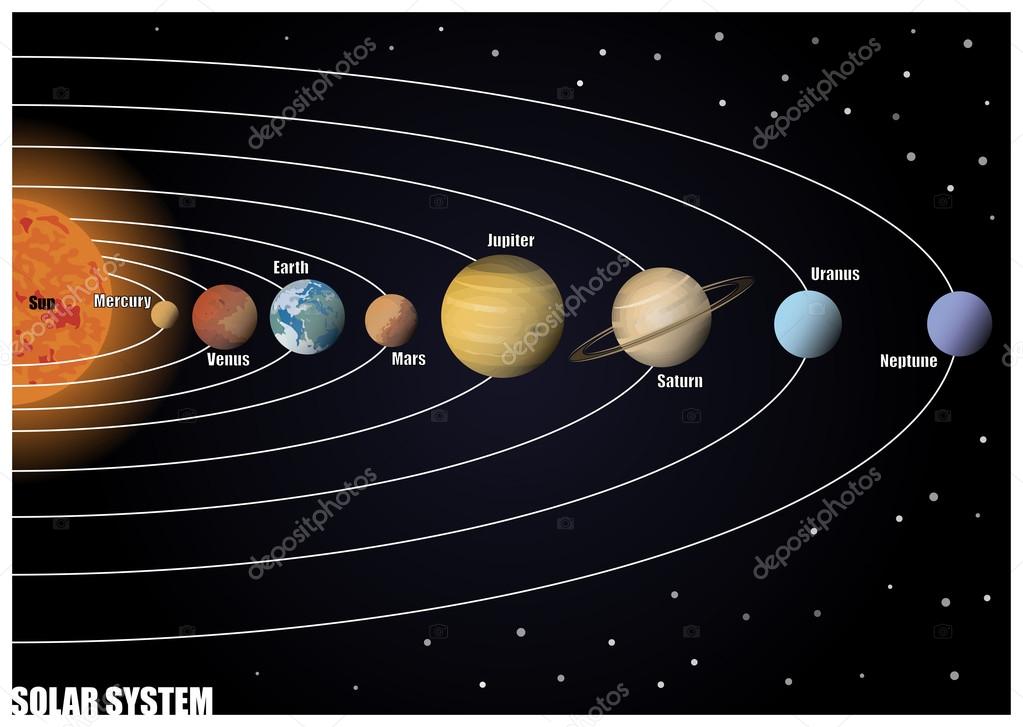
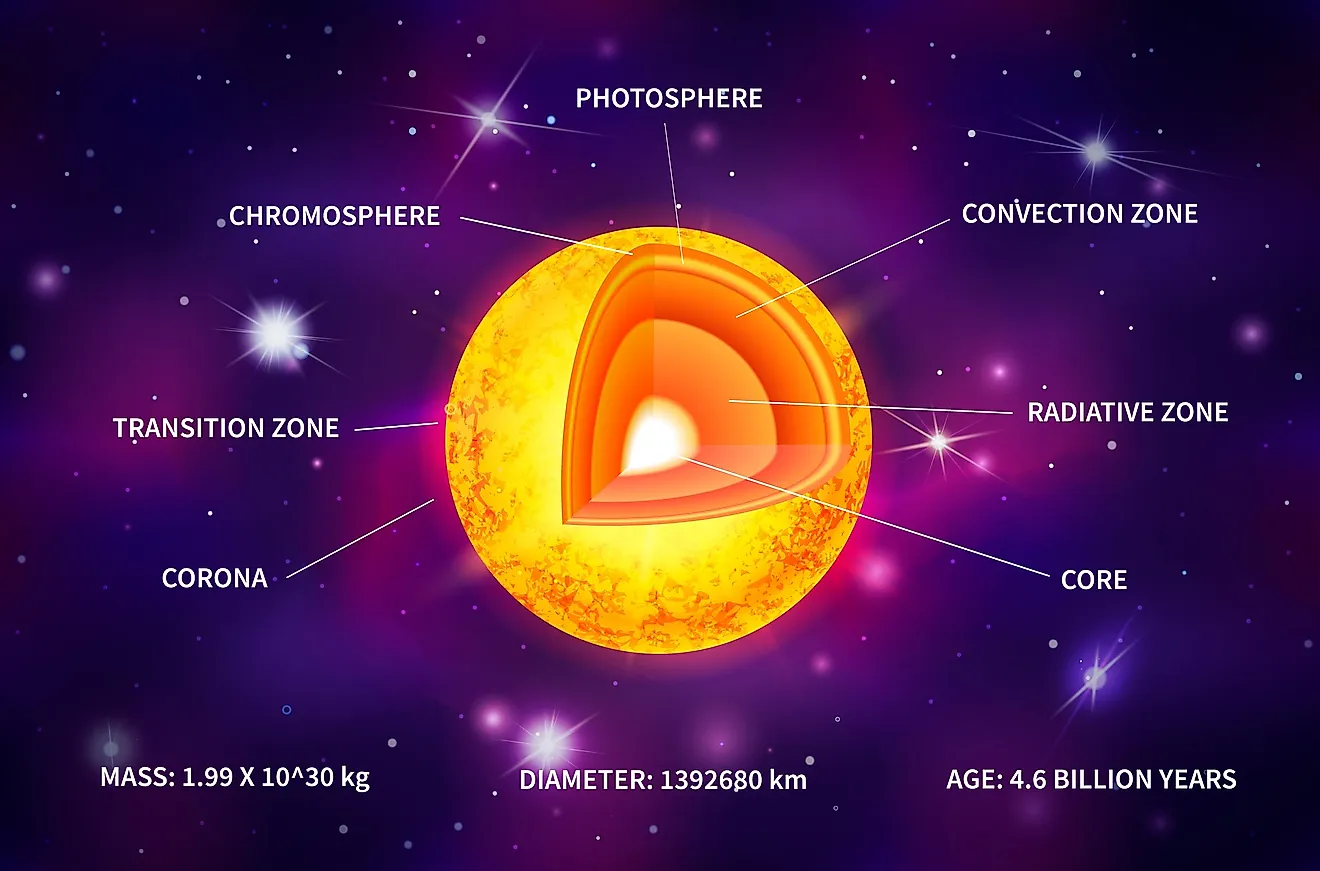


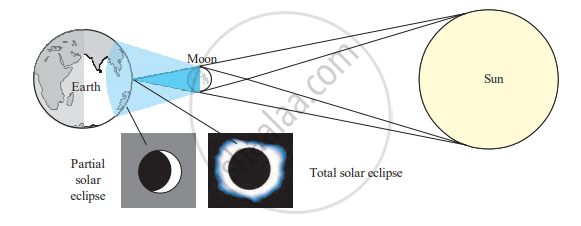

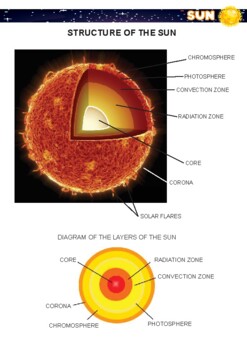











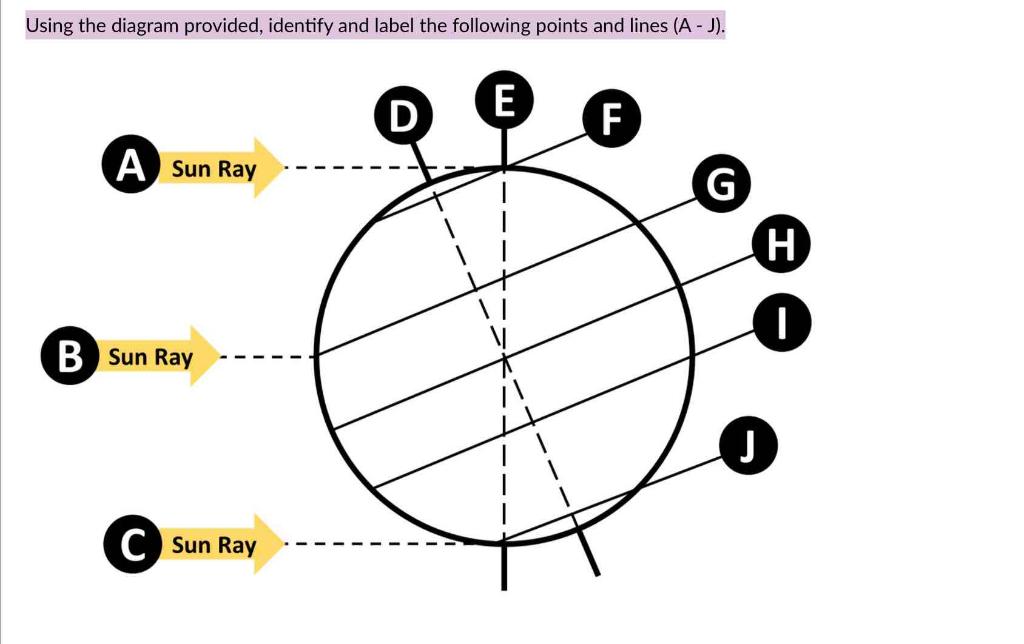


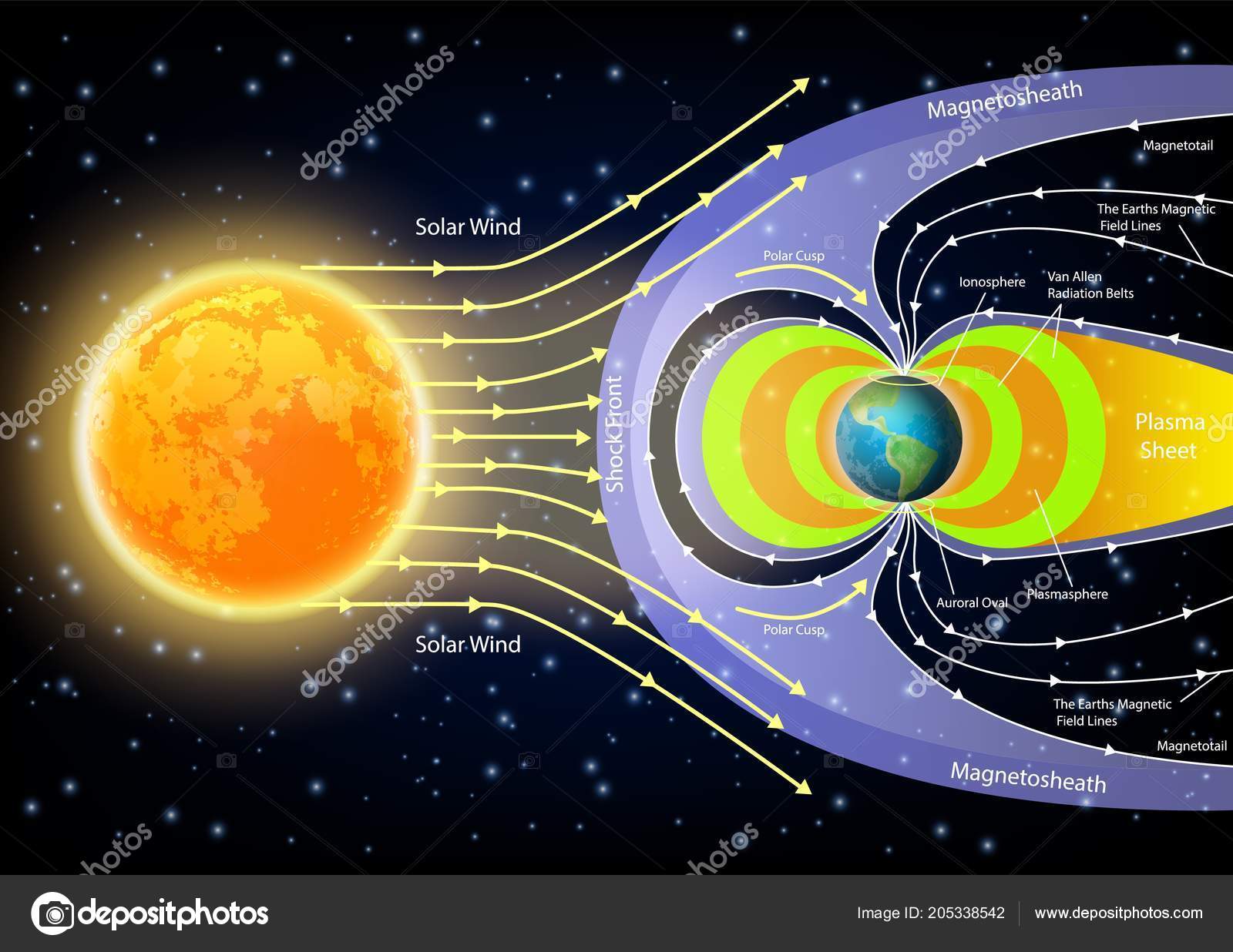







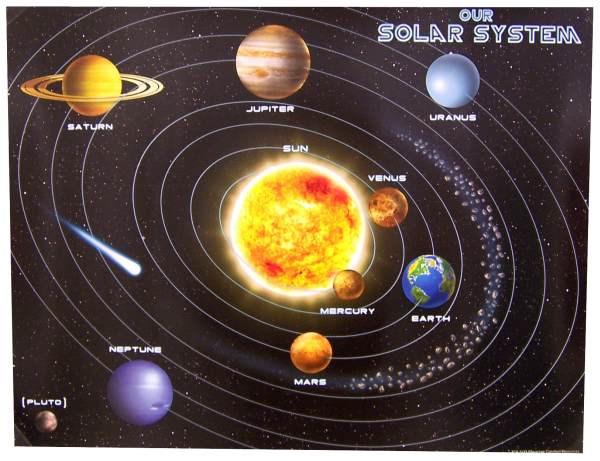


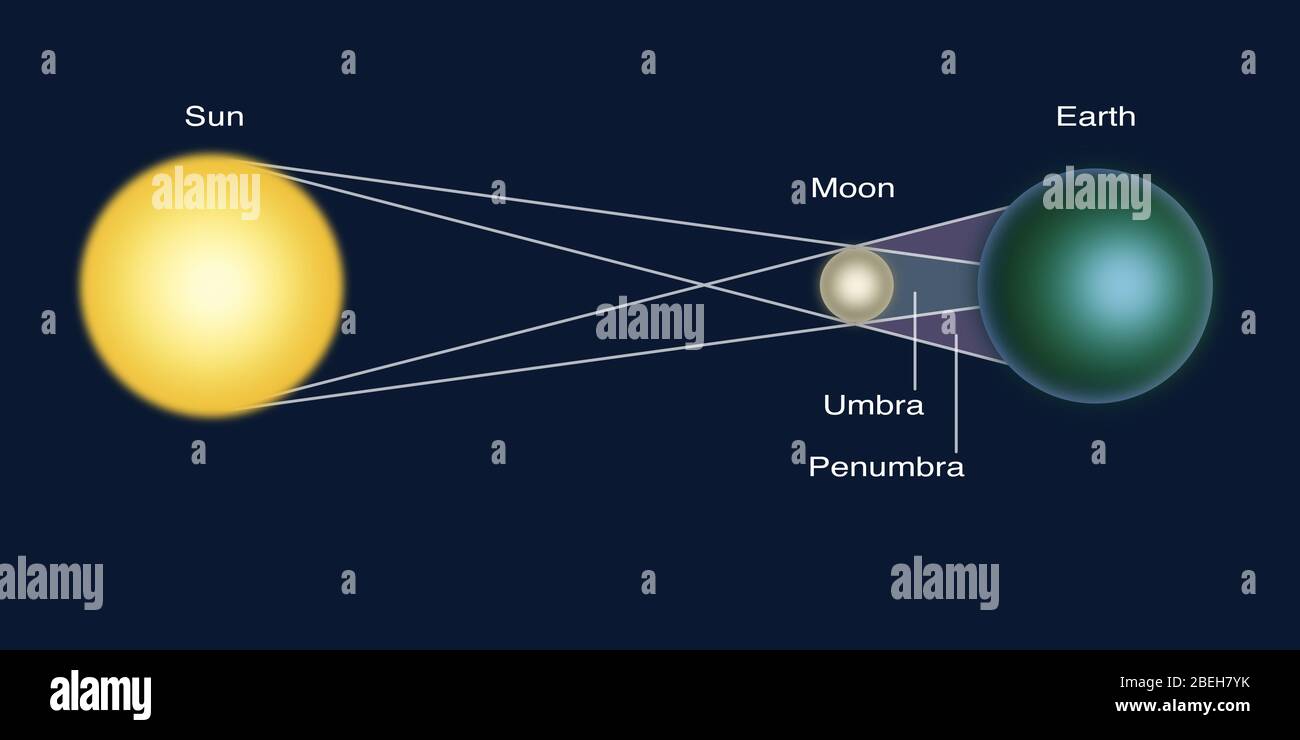

Post a Comment for "43 sun label diagram"